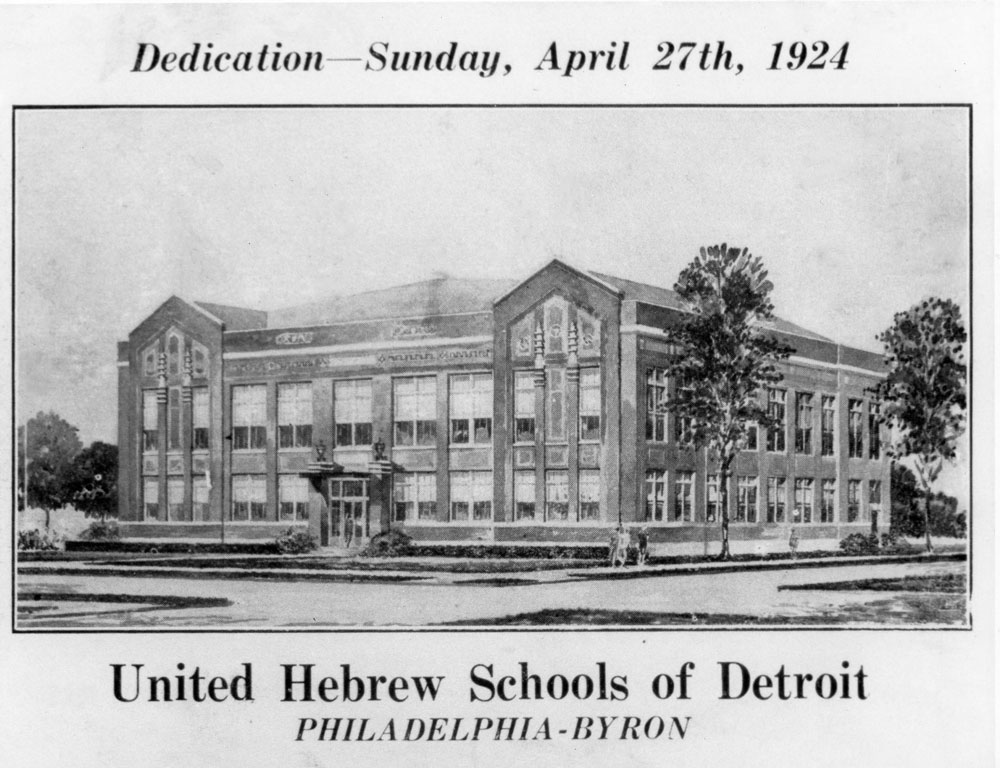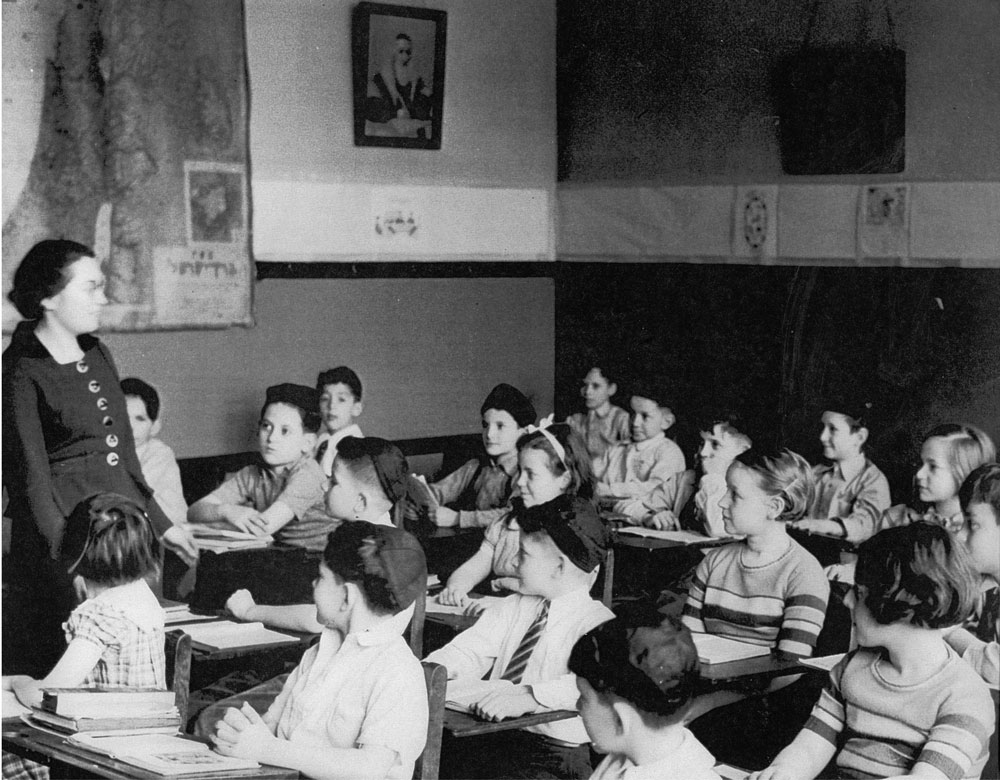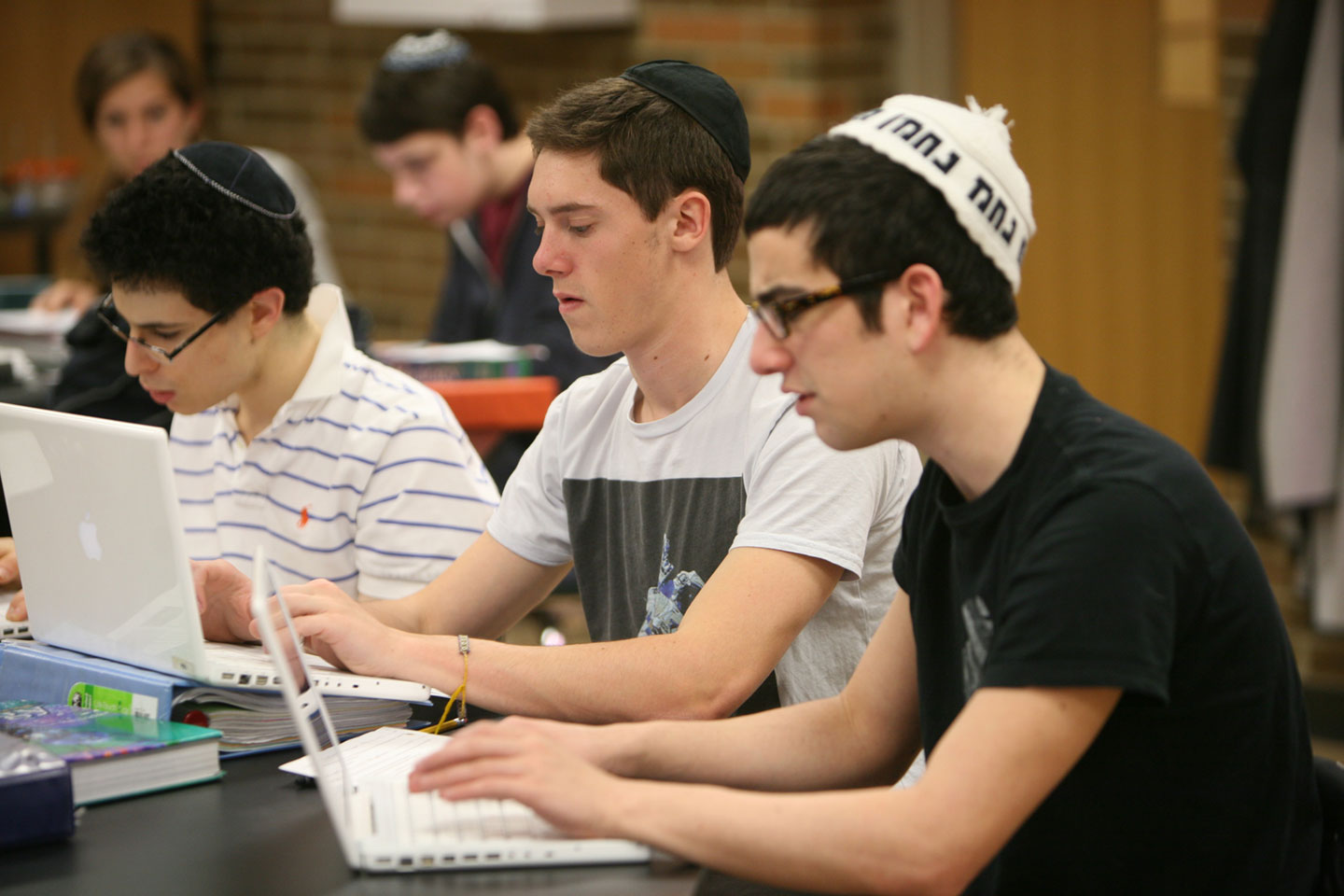What does it mean to support 21st Century Jewish education when:
- Everything that you need to know about being Jewish can be found on your Smartphone?
- The cost for school, camp, youth group and Israel trips outpace a typical family’s ability to cover tuition?
- Enrollment in congregational schools continues to decline?
- Enrollment in Orthodox day schools continues to outpace funding to subsidize tuition for families?
- Demand continues to grow for diverse and inclusive learning opportunities?
- Teens are opting out of Jewish learning after bar or bat mitzvah?
- The fastest growing Jewish religious identity is “none”?
Answering difficult questions
To address these questions and the challenges inherent in providing educational opportunities aligned with the changing times, Jewish Federation has established a new funding and allocation structure – called “JEd-I” (Jewish Education and Identity), focusing on the development, sustainability and promotion of Jewish education in the community moving forward. Highlights of JEd-I include:
- The merger of Federation’s Jewish Education and Jewish Identity allocation divisions
- Continuation and new development of services and programs that had been offered by the Alliance for Jewish Education
- A Jewish Education Visioning Group
With the mission to maximize the impact of communal resources for Jewish education and identity, Federation will invest nearly $10 million in JEd-I programs in 2015-2016. How will philanthropic funding best be used? How can the community step up to support the synagogues, schools and programs that provide all levels of formal and informal Jewish learning? These are the challenges and opportunities JEd-I will address moving forward to strengthen our families and to create vibrant Jewish identities for 21st century Jewish learners.
“The funding for Jewish education comes from several different sources,” explains JEd-I Co-chair Rob Gordon. “The Annual Campaign provides the bulk. But educational endowments, such as the Hermelin Davidson Center for Congregation Excellence, the Stephen H. Schulman Fund for Jewish Youth, the Schiffman Family Day School Tuition Assistance Fund and the Berman Jewish Experiences for Families Fund, are a significant source of Jewish education dollars. Until now, each of these funding sources independently made their allocation decisions; we did not have a mechanism for them to consult. Our hope is that drawing these resources together will encourage collaboration, promote innovation and provide greater flexibility in our funding of Jewish education.”
“As in the past, our community is committed to supporting Jewish education and fostering strong Jewish identities,” states JEd-I co-chair Jodi Goodman. “To be effective, education and the structure for providing support for Jewish education must evolve. JEd-I will provide the means to explore creative educational opportunities and innovations that are in sync with the changing times and to examine programming from birth to adulthood through a new lens.”
From United Hebrew School to JEd-I, a brief look back. And forward.
In every generation, the Jewish community has actively taken responsibility for the Jewish education of its young. The name is new, but JEd-I can trace its lineage back nearly 100 years to the United Hebrew Schools (UHS), established in 1919 as a network of independent Talmud Torah study groups. Yes, we’re in the Generation of Google, but dor l’dor, from generation to generation, our core Jewish values, our texts and our teachings have never changed.

Was this your father’s Hebrew School? For 70 years, Jewish education in Metro Detroit meant attendance in one of the schools in the United Hebrew Schools’ community-wide network that included an Elementary Division, Jewish High School, Midrasha College of Jewish Studies, the Midrash Library and Jewish Education Resource Center.


As the Jewish population in Metropolitan Detroit continued to grow, so too did attendance in United Hebrew Schools. Enrollment peaked with the Boomers in the 1950s, with between 7,000 – 8,000 children annually enrolled in the Detroit UHS system.

To compete with the rising enrollment in congregational-sponsored schools in the 1960s and 1970s, the UHS developed new informal educational programs to complement classroom learning and continued its movement into the Northern suburbs. By the 1980s, United Hebrew Schools faced many challenges as enrollment continued to decline with the growth of congregational-sponsored Hebrew schools.
Out of the Hebrew School Business . . . into the Agency for Jewish Education (AJE)
As the doors closed on the old UHS system, the AJE opened its doors as a full service Jewish agency – a resource center and think tank, focusing on community outreach, lifelong learning, professional development and funding directed to support needy families in congregational schools.
Enter the Federation and the Alliance for Jewish Education
Joining forces with the Jewish Federation in 1998, the AJE became the Alliance, a merger of the community’s professional expertise, educational resources and initiatives that have continued to evolve as award-winning programs such as Opening the Doors, JBaby, JFamily, as well as FedEd for lifelong adult learning. In 2003, the Agency for Jewish Education and Alliance for Jewish Education formally merged into one Federation Department, combined for the purpose of efficient planning and funding.
And now? May the force be with the new JEd-I – Jewish Education and Identity 2015
Our work begins . . . as we rise to the new challenges of the times and new opportunities to grow, create, explore, discover build and secure a stronger and more vibrant Jewish community for generations to come.




